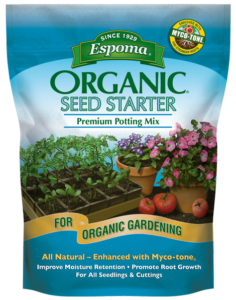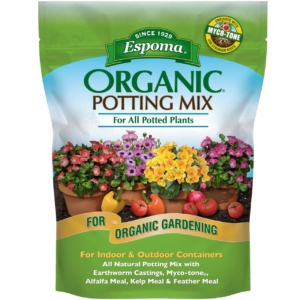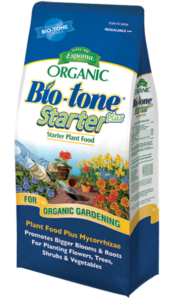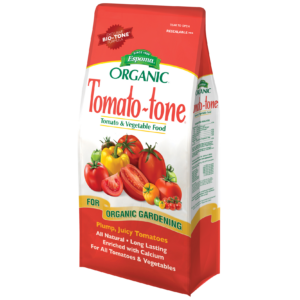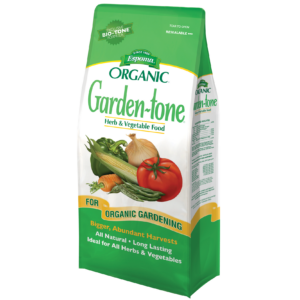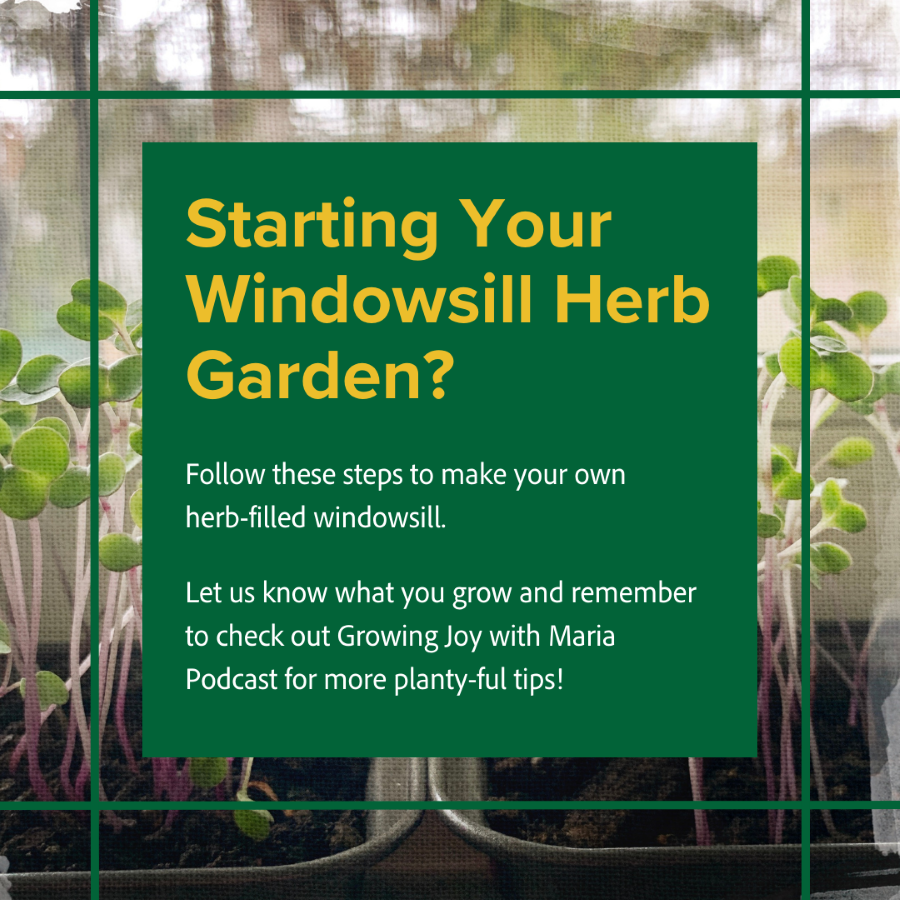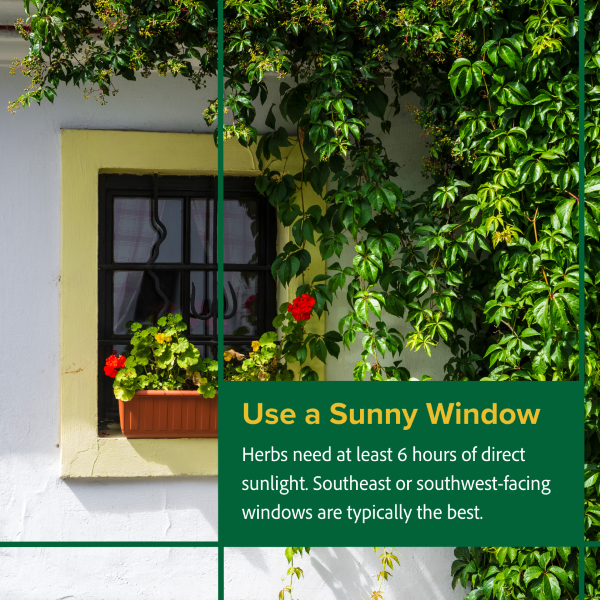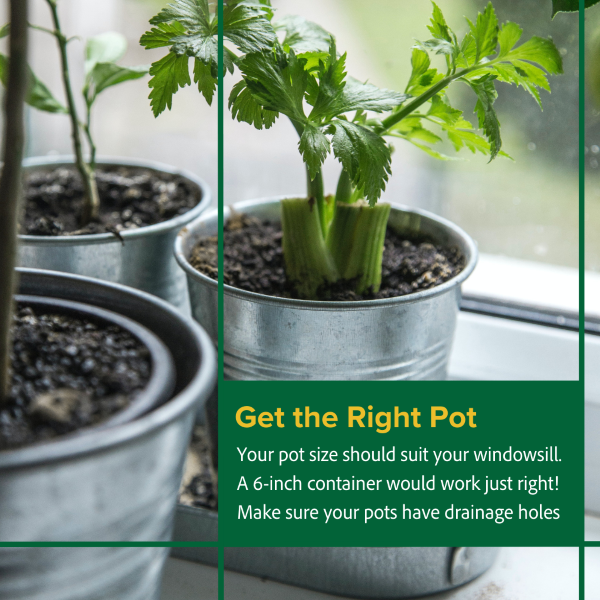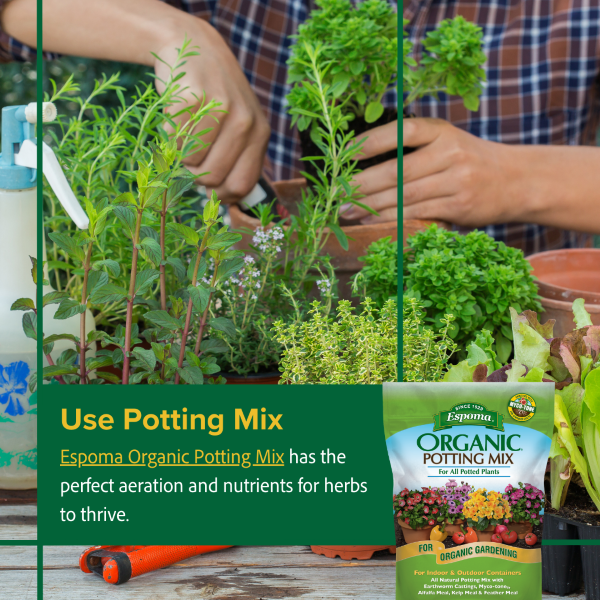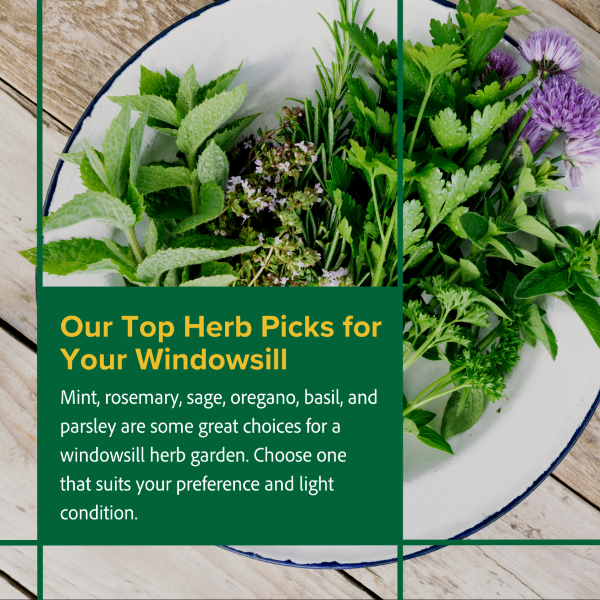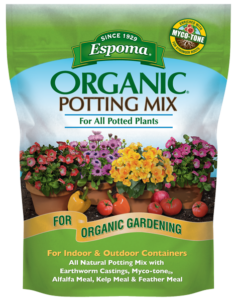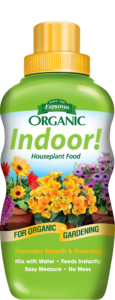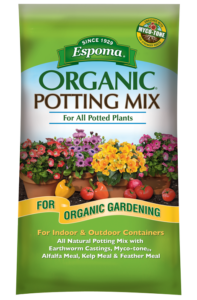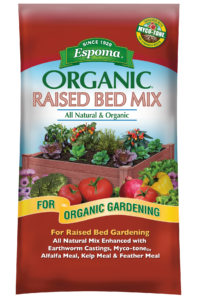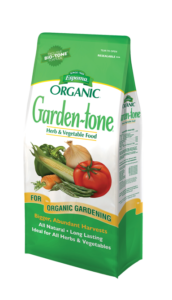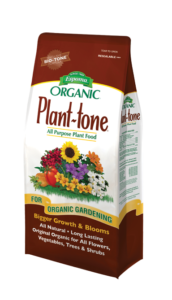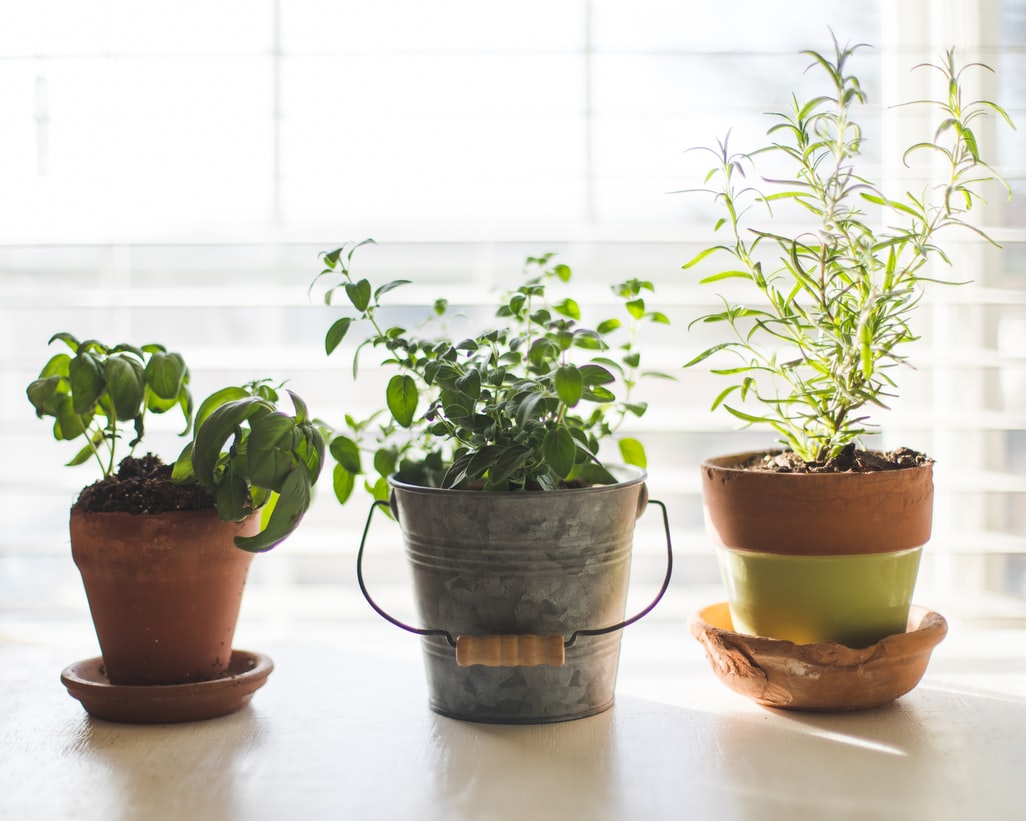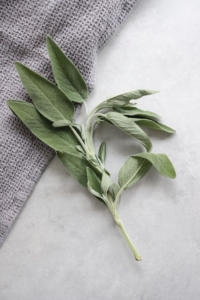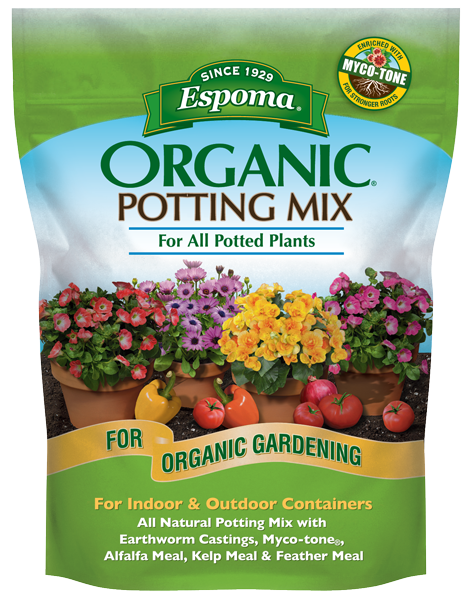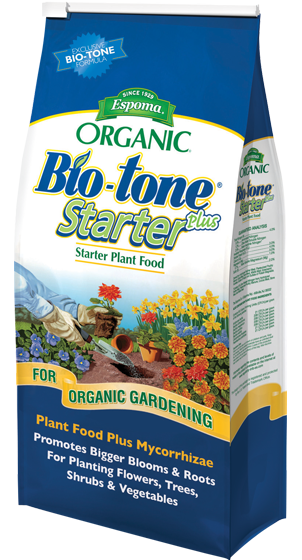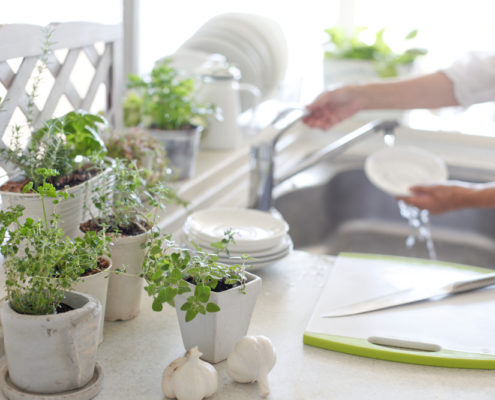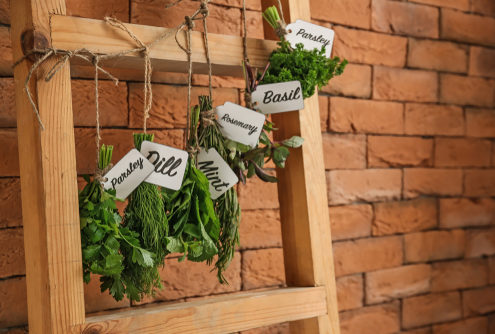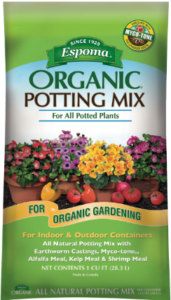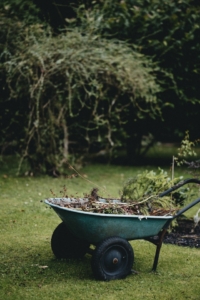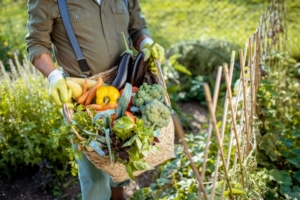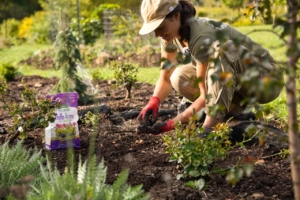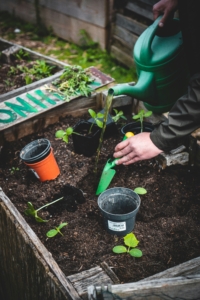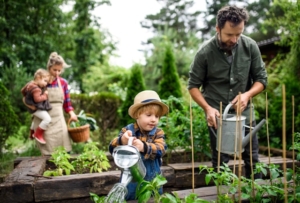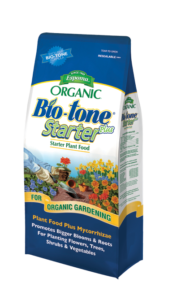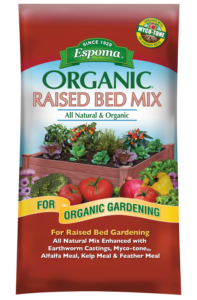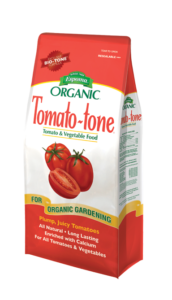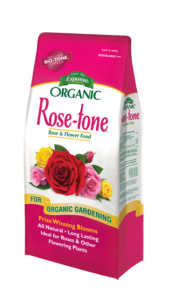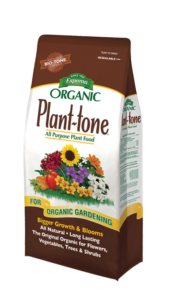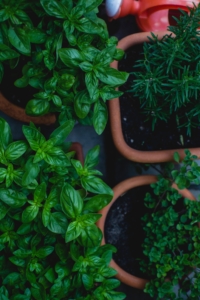VIDEO: 7 Tips For Growing Herbs From Seed 🌿🌱with Garden Answer!
Follow along with Laura from @gardenanswer as she walks you through a step-by-step guide on planting herbs from seed. Laura recommends using a high-quality organic potting soil mix, like our Espoma Organic Seed Starter Mix, to create the ideal environment for seed germination.
1) Choose your herbs! – Everyone has their food preferences. choose the herbs that you want to grow and eat!
2) Growing Location – Choose a location that provides adequate sunlight. Most herbs require at least 6-8 hours of full sunlight for germination.
3) Gather supplies:
- Herb seeds.
- I.D. tags or labels.
- Grab a writing utensil.
- Planting containers or pots.
- Humidity dome.
- High-quality organic potting soil mix like Espoma Organic Seed Starter Mix.
- Spray bottle or water mister.
4) Gather Information– Understanding how to care for the seeds you’ve chosen is key to successful growth. Most seed packets include planting and care instructions on the back to guide you in properly planting and nurturing your herbs.
5) Prep Your Soil – It’s important to use a high-quality seed-starting mix like Espoma Organic Seed Starter. These mixes are lighter than traditional potting soils, promoting better root development for young plants. Adding water to the soil will help provide adequate moisture for germination and will help with the soil structure by preventing settling in your container.
6) Make Your Plant I.D. Tags – Labeling your pots before planting helps keep everything organized, ensuring you know exactly what to plant in each pot and preventing any mix-ups.
7) Plant your seeds! – plant at least 2-3 seeds per container you should always Refer to your seed packets for proper planting instructions.
Bonus Tip! – Skip the watering can! Laura recommends using a spray bottle or mister to gently water your seeds without disturbing them.
https://www.youtube.com/c/gardenanswer
https://www.facebook.com/gardenanswer
https://www.instagram.com/gardenanswer/
Featured Products:

